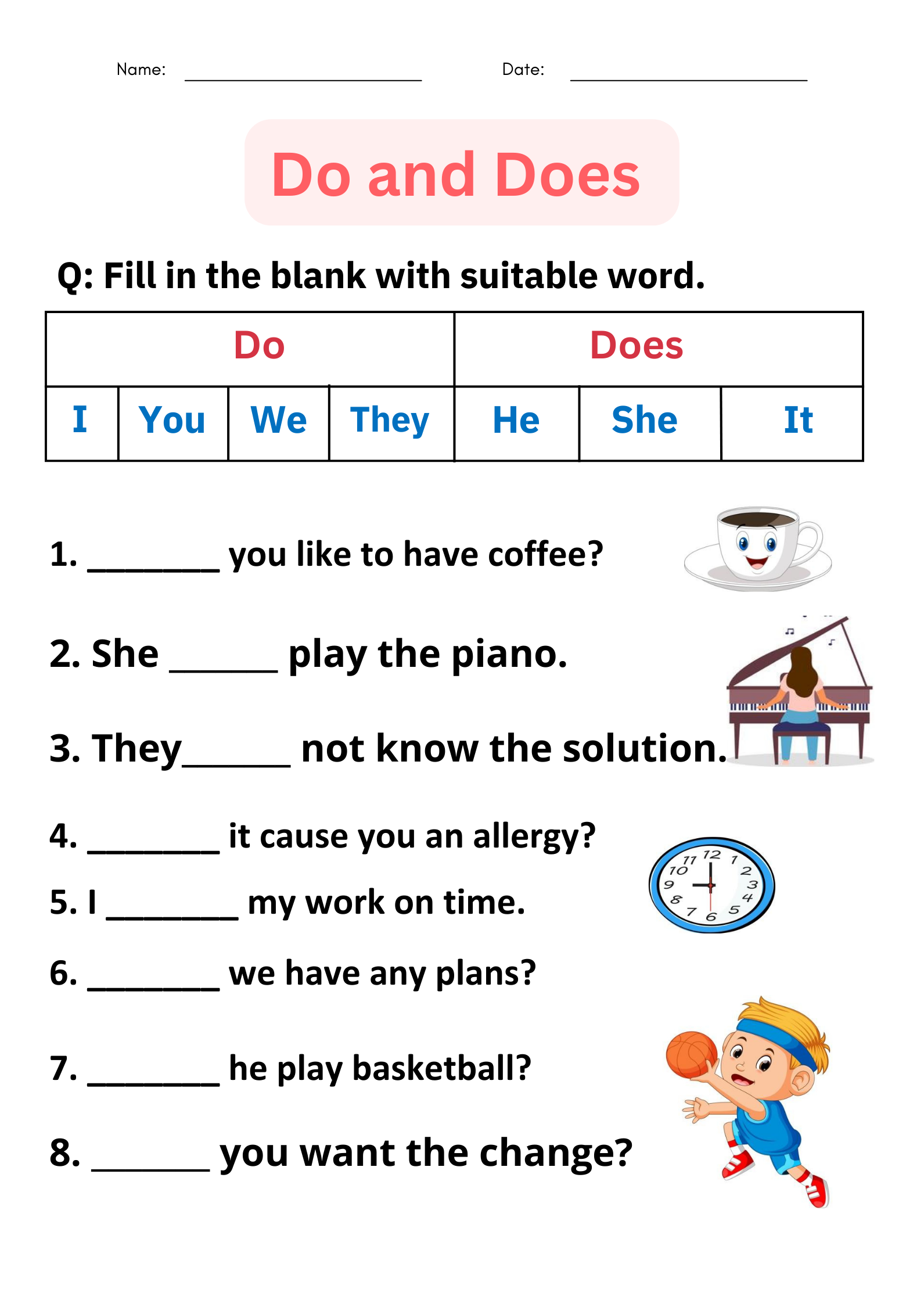Who Has Authority to Overrule a Family Court Judge? Your Guide to Appeals, Process, and Practical Steps
Introduction: Challenging a Family Court Judge’s Decision
Family court judges hold significant authority over cases involving divorce, child custody, support, and other sensitive matters. However, their decisions are not always final. If you believe the judge made a mistake-whether in interpreting the law or exercising their discretion-there are clear, actionable steps that allow you to seek a review. This guide explains who can overrule a family court judge , how the process works, what grounds qualify for appeal, and how you can take the next steps confidently.
Who Can Overrule a Family Court Judge?
The court of appeals (sometimes called the appellate division or higher court) is the only authority that can overrule a family court judge’s decision. This process is called an appeal , and it is initiated by a party who disagrees with the outcome of their case. The appellate court reviews the records from the trial court, focusing exclusively on whether the law was correctly applied or if judicial discretion was abused [1] .
It is important to understand that you cannot appeal simply because you are unhappy with the result. The higher court will only consider overturning the decision if there is a clear legal or procedural error that affected the outcome [2] .

Source: alamy.com
Grounds for Overruling a Family Court Judge
To successfully challenge a family court judge’s decision, your case must meet certain criteria. The most common grounds for appeal include:
- Error of Law: The judge applied the wrong legal standard or misinterpreted statutes relevant to your case. For example, dividing property equally rather than equitably, or ignoring mandatory factors in custody decisions [1] [2] .
- Abuse of Judicial Discretion: Although judges have broad discretion, a ruling that is arbitrary, unreasonable, or unsupported by evidence may qualify. For example, a custody order based on personal bias, or a decision that ignores key facts [1] [4] .
- Procedural Error: The judge failed to follow required procedures, such as allowing inadmissible evidence or denying a party their right to present their case [2] .
These grounds must be documented using the official record of the trial. Emotional dissatisfaction or disagreement alone is not sufficient.
How the Appeals Process Works
The appeals process involves several critical steps, each requiring attention to detail and strict adherence to deadlines:
- Consult an Experienced Attorney: Appeals are complex legal matters. You should seek legal counsel with experience in appellate law to evaluate your case and guide you through the process [4] .
- File a Notice of Appeal: This official document alerts the court and all parties that you intend to challenge the original decision. The timeframe for filing is typically short-often 30-60 days after the judgment is entered, depending on your jurisdiction [3] [5] .
- Prepare the Record: Obtain a copy of the judge’s written decision and a complete transcript of the proceedings. These documents will form the basis of your appeal.
- Draft and File an Appellate Brief: Your attorney will prepare a detailed legal argument explaining the grounds for appeal, supported by references to statutes, case law, and the trial record.
- Appellate Court Review: The higher court examines the briefs, reviews the record, and may hear oral arguments. The focus is on whether the law was correctly applied and whether judicial discretion was properly exercised [4] .
- Decision: The appellate court may affirm, reverse, or modify the original decision. In rare cases, it may order a new trial or send the case back to family court for reconsideration.
Be aware that appeals do not re-litigate the facts of the case; they focus strictly on legal issues and procedural correctness.
Real-World Examples and Case Studies
Consider a divorce case where a judge divided assets equally, ignoring statutes that require equitable distribution. If the affected party appeals, and the appellate court finds a legal error, the judge’s decision can be modified or reversed [1] . In another example, a custody decision might be overturned if the judge failed to consider evidence of domestic violence, which is a mandatory factor in most states [2] .
Appeals are not limited to these scenarios; any legal or procedural error that materially affects the outcome may qualify. However, successful appeals require clear, documented evidence and strong legal arguments.
Step-by-Step Guidance for Appealing a Family Court Decision
To pursue an appeal, follow these steps:
- Review the judge’s written decision and trial transcript for potential errors.
- Consult an attorney with appellate experience to assess your grounds for appeal.
- Determine the deadline for filing a Notice of Appeal in your jurisdiction (often 30-60 days after the judgment).
- Gather all necessary documents, including the court record and any evidence you believe was mishandled.
- Work with your attorney to draft a compelling appellate brief outlining the legal mistakes or abuse of discretion.
- Submit the notice and brief to the appropriate appellate court.
- Participate in oral argument if the court schedules one.
- Await the appellate court’s decision, which may take several months.
Remember, appeals do not guarantee reversal; they offer a structured review of the lower court’s handling of the law and procedures.
Potential Challenges and Solutions
Appealing a family court decision comes with several challenges, including strict deadlines, complex legal standards, and the emotional toll of ongoing litigation. Solutions include:
- Retaining skilled legal counsel to navigate the appeals process and identify viable grounds.
- Maintaining clear, organized records of the trial proceedings and judge’s decision.
- Understanding that appeals focus on legal errors, not factual disputes.
- Exploring alternative dispute resolution options, such as mediation or settlement, if appeals are not feasible.
Missed deadlines or poorly documented appeals often result in dismissal. Preparation and expert advice are essential.
Alternative Approaches
If an appeal is not possible or advisable, there are other ways to address concerns with a family court decision:
- Motion for Reconsideration: In some jurisdictions, you may ask the original judge to reconsider their decision if new evidence or relevant facts emerge.
- Modification Petitions: For ongoing matters like custody or support, you may file for modification if circumstances change significantly.
- Complaint to Judicial Oversight Bodies: If you believe the judge acted unethically or violated procedures, you may file a complaint with your state’s judicial conduct commission.
Consult with a legal professional to determine which alternative best fits your specific situation.

Source: alamy.com
How to Access Appeals and Legal Support
To begin the process of appealing a family court decision:
- Contact your local bar association for referrals to appellate attorneys.
- Search for “family court appeals” on your state’s official judicial website for forms and instructions.
- Request copies of the judgment and court record from the court clerk’s office.
- Prepare to explain, in detail, the legal or procedural errors you believe occurred.
In most cases, your attorney will handle the filing and communication with the appellate court.
Key Takeaways
Only a court of appeals can overrule a family court judge, and only if specific legal or procedural errors are identified. The appeals process is rigorous and requires careful preparation, expert legal guidance, and timely action. Alternative approaches, such as modification or reconsideration, may be available in certain cases.
References
- [1] Sinatra Legal (2024). Grounds for Appealing a Family Court Decision.
- [2] WomensLaw.org (2022). The Process for Filing an Appeal After a Decision is Issued.
- [3] Westover Law (2024). Can a Family Court Decision Be Appealed?
- [4] Provinziano & Associates (2024). How to Appeal a Family Court Judgment in California.
- [5] Orange County Family Law (2025). What You Need to Know About Appealing Family Court Judgments.
MORE FROM mumsearch.com













